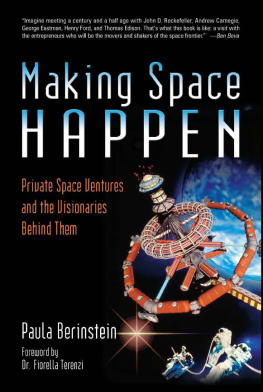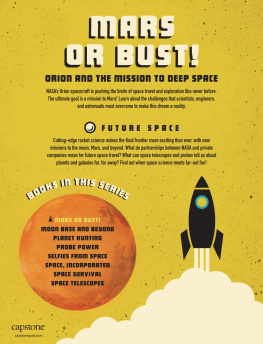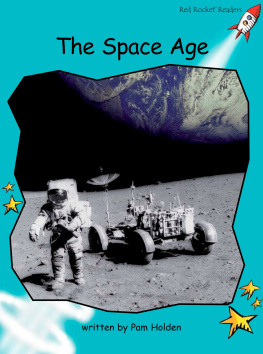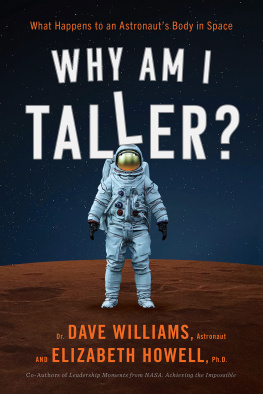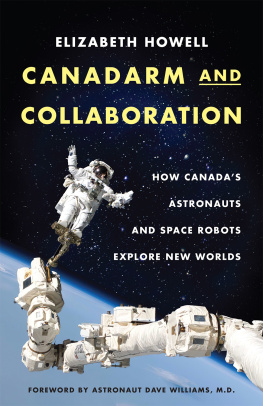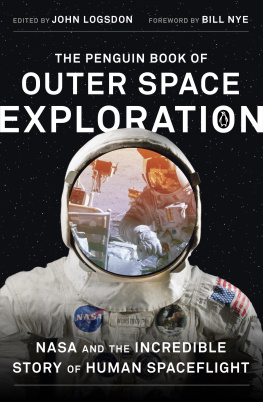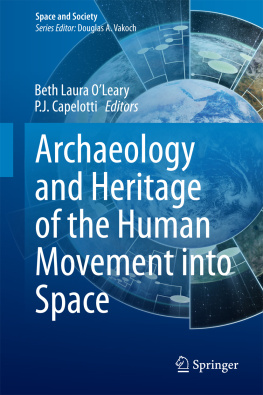I am five years old. I am walking hand in hand with my grandmother in the country outside Milan. Our bare feet pad across the soft, damp grass. Suddenly my grandmother halts and points above us to the heavens.
Look! she says. That starthe brightest oneshe is looking at us.
I laugh, but she continues, seriously. Si, little one, all the stars watch us. Look carefully.
I do. And in that instant I feel the star return my gaze. I feel as if it is a stellar heart that beats with mine. For a moment, all the loneliness of my childhood evaporates. I feel peaceful; I feel a oneness with the Universe.
I often think about that first extraterrestrial gaze, how it made me quiver with awe. How it made me feel both like the center of the Universe and an invisible microdot lost in incomprehensible space. I felt both magnificently empowered by this magical array of stellar jewelry and terribly humbled by the infinite vastness of it all. At that moment, I knew not a thing about quasars and black holes and brown dwarves. I did not even know that radio telescopes existed, let alone that I would spend years peering through one, that one day I would gather the waves they perceive and transform them into mysterious sounds, the song of the Universe. All I knew was that the sky had suddenly opened up to me and I would never be the same.
That night my grandmother not only introduced me to the wonders of the cosmos, she helped me discover that more than one can ever dream becomes possible when we allow imagination to excite exploration. I am not alone in this realization and the passion that springs forth from it. Throughout the ages, space and all it contains have inspired not only awe, but an insatiable hunger to know it intimately, to become part of it and make it a part of us. However, it is only in the last half-century that we have begun to satisfy this hunger, and only in the last decade that the ability to do so has begun to approach reality for the average person.
Oh yes, the time for you and me to go into space is nearly here. Soon we will be able to look at the Earth from the blackness that surrounds it, to revel and cavort in weightlessness, to gaze upon the stars at last unobstructed by haze. There will be thousands to thank for this giftrestless darers who have dreamed, theorized, calculated, built, tested, trainedwho have broken pencil tips and defied Earths gravity well in a single go. Through vision, will, and ceaseless hard work, these giants helped humanity enter space for the first time.
But there are others, giants in the making, who are working even as I write this to make a home for us in space once and for all. I know these peoplethey are creative, thoughtful, dedicated, even sublimeand I want you to know them too. Rick Tumlinson and James George of the Space Frontier Foundation, out-of-the-box thinkers who helped a private company and the Russian space agency come together to turn space station Mir into a commercial enterprise. Never before had the world witnessed such a near miraclea joint effort between American private citizens and a Russian public-private partnership via a company based in the Netherlands to open space to the human race! My friend Dennis Tito became the first direct beneficiary, even though his trip to Mir never materialized. When funds ran short to keep the station aloft, Dennis made history by visiting the International Space Station instead. As the first self-financed citizen space explorer, he spent a whirlwind week aboard the little structure, changing forever the way we think about civilians taking trips to space.
Youve got to meet Denise Norris. She must be made of pure energy! Watch and listen to her and youll be spellbound. Denise is planning to take us back to the Moon as virtual explorers, but with a twist. Applied Space Resources, which she heads, doesnt make rockets or instruments. They leave that to others. Her company is a marketing company! Inspired by an article called Buck Rogers, CEO, Denise decided to build her business not around science or hardware, but a defined market with a palpable need. As you read this book you will discover that that is not the way space enterprise has traditionally been conducted, but you will certainly wonder why not once you have finished. Everything Denise is planning is based around market needthe need for those of us on Earth to interact personally with goings-on in space. Denise Norris will engage us and personalize our experiences up there through electronically assisted interaction like video feeds and the Internet. She will land a rover on the Moon. Youll watch as special instruments pick up extraterrestrial dirt just for you (you will be able to purchase it raw or encased in a sparkling crystal); youll click your own pictures of the lunar landscape; and youll have your own HALe-mail the onboard computer and get customized data back.
And then there is Buzz Aldrin, the second man to walk on Luna, our beautiful and mysterious Moon. Buzz is that rare breed, visionary cum doer. In perpetual motion, not only does he work to design and build a space transportation infrastructure, but at the same time urges us to transcend our earthly lives and strive for so much more. Going into space will stretch us, vitalize our brains and our hearts, for the final frontier will not be space alone, but human relationships. As we move outward, we will meet not just the universe, but ourselves. Perhaps in the process we will begin to understand why we continually want to combat each other, why we are obsessed with our own satisfaction at the expense of fellow humans, and learn to live in harmony with each other.

